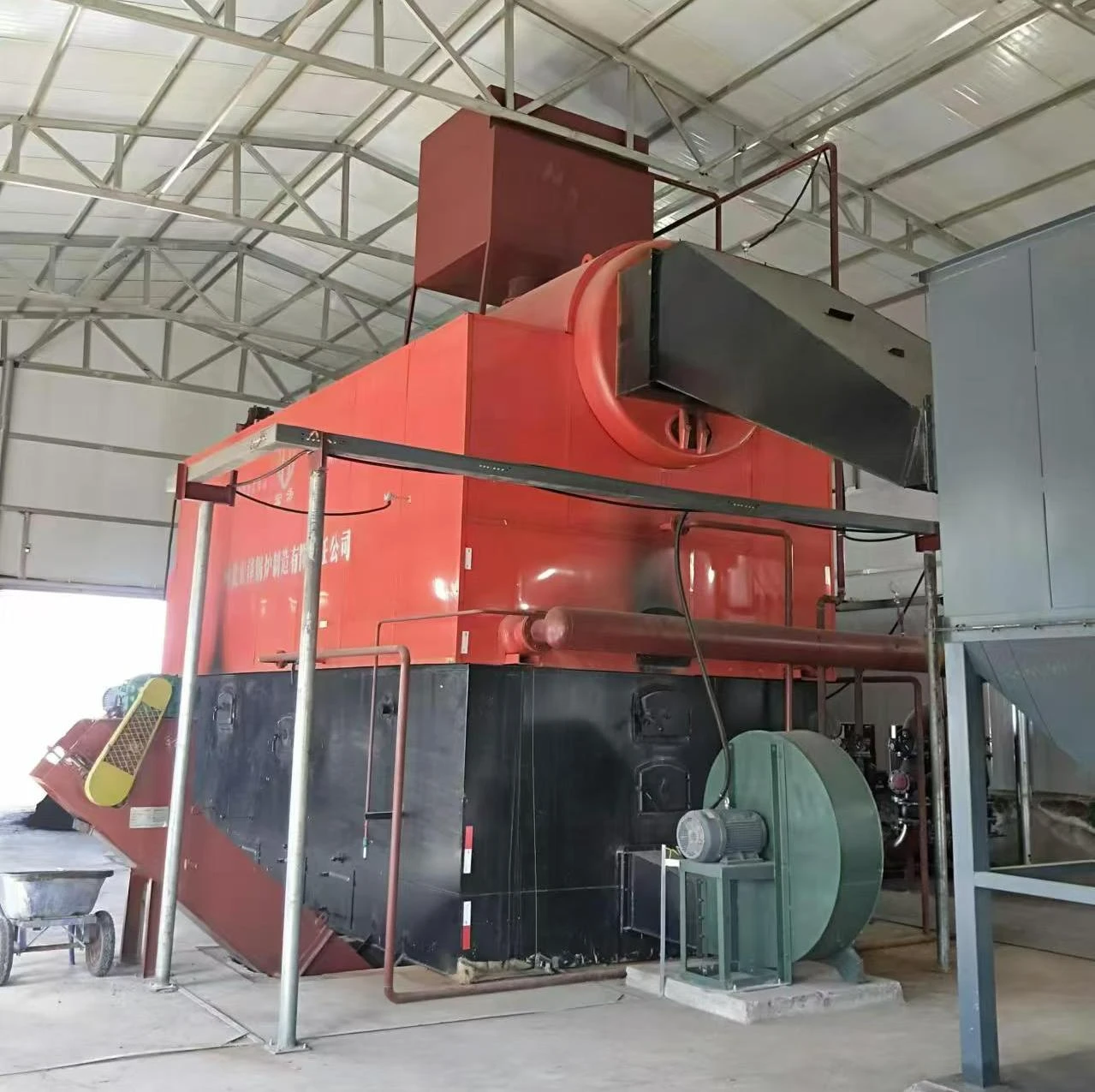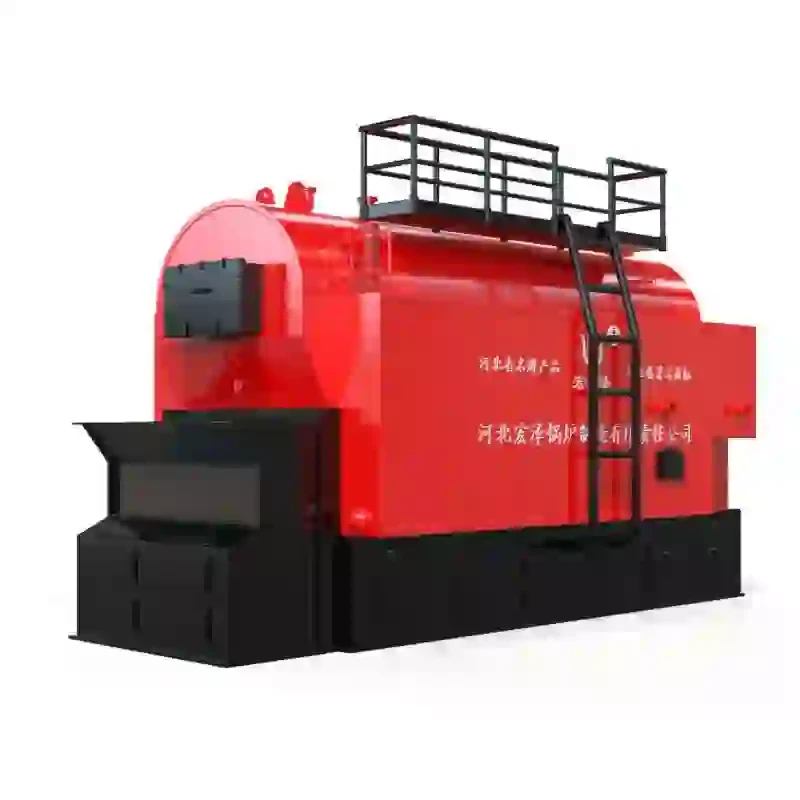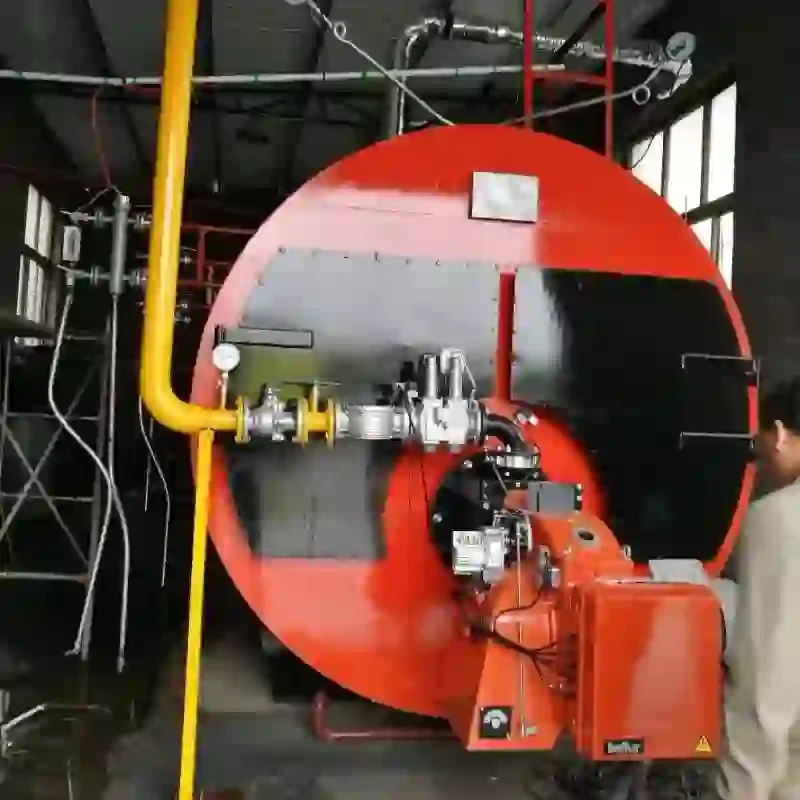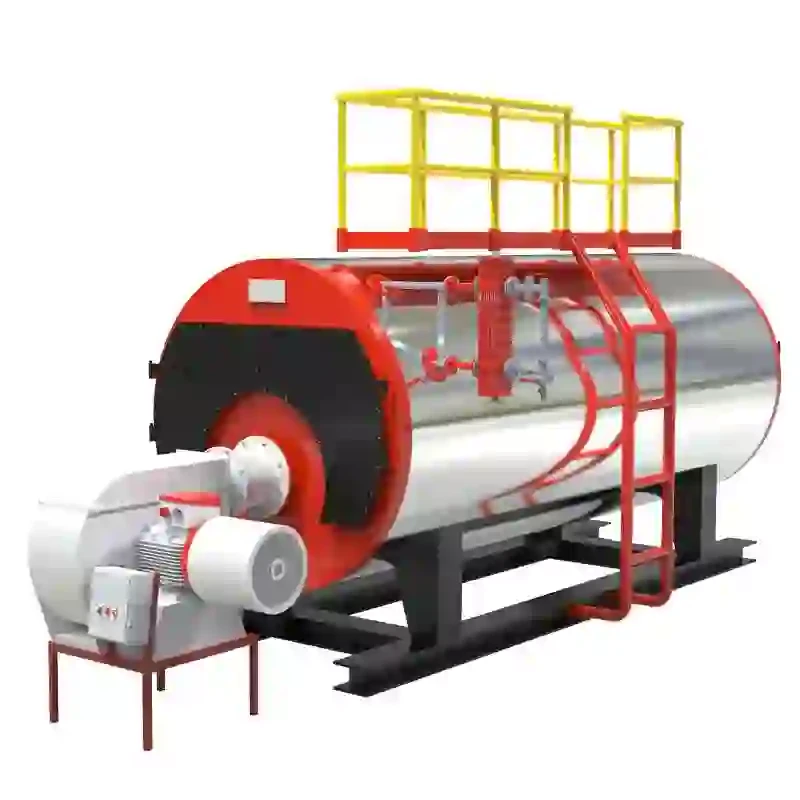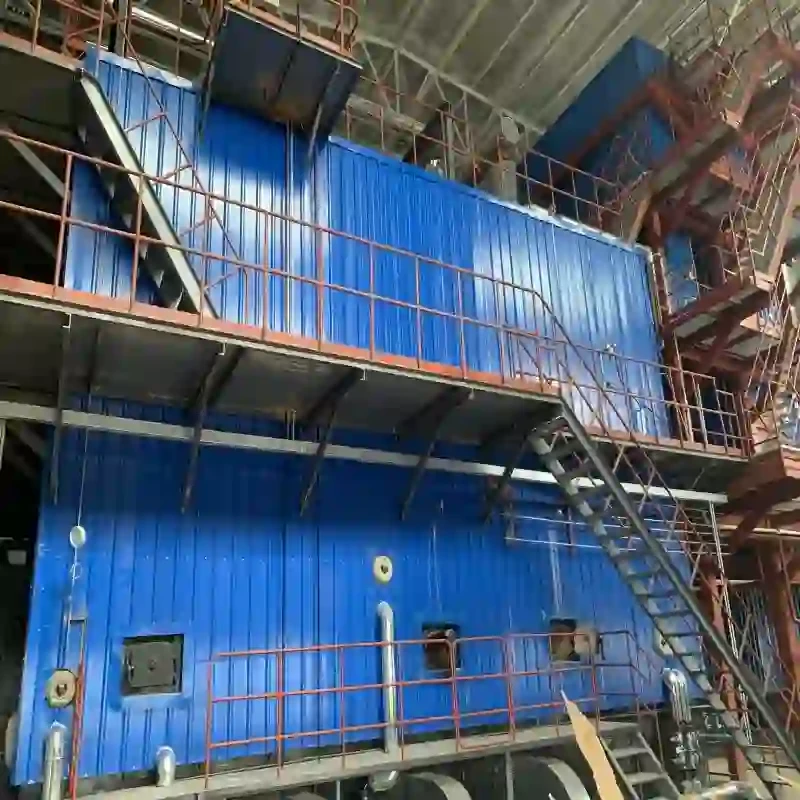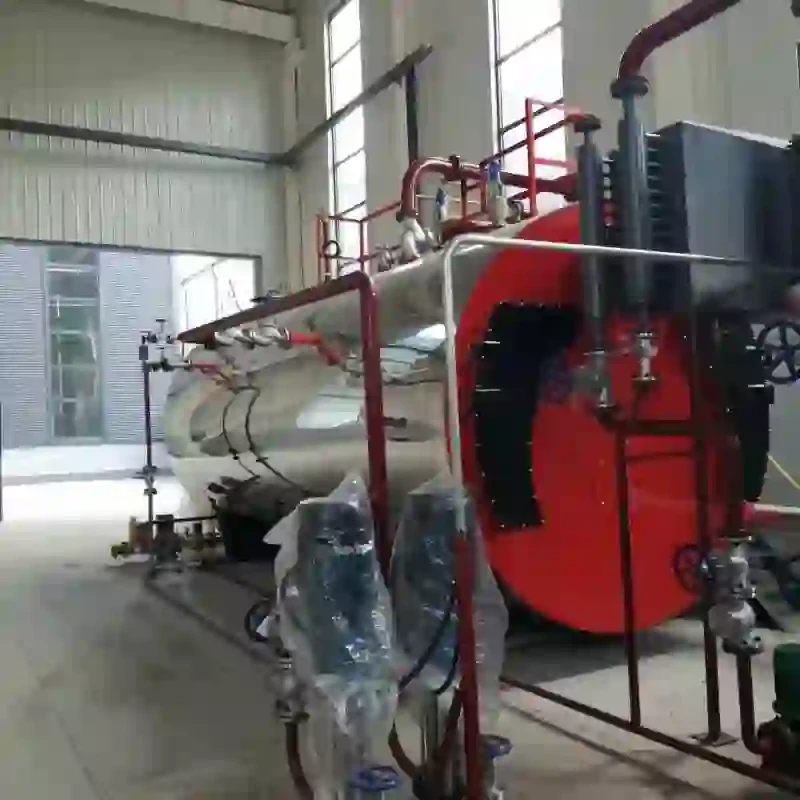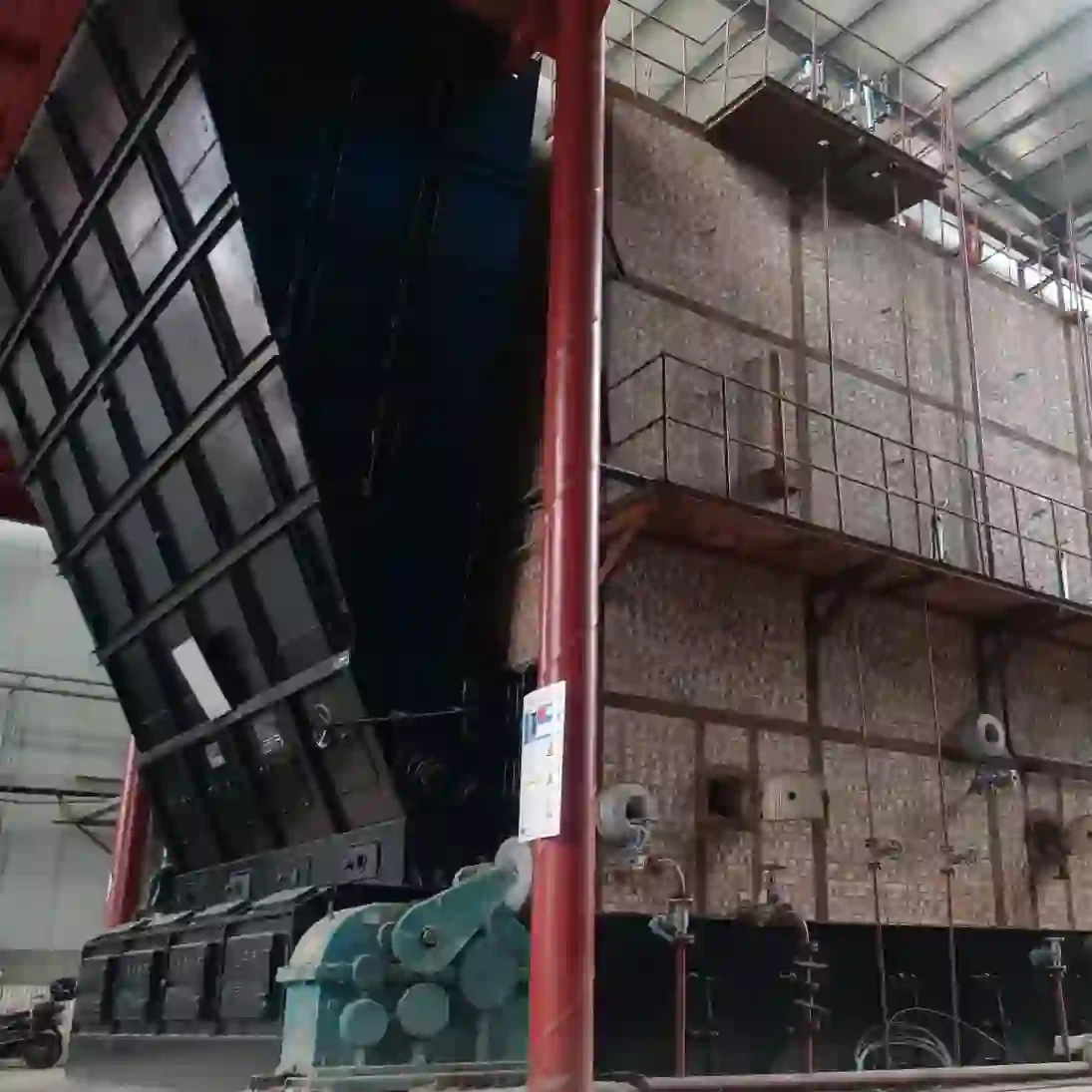
Oct . 28, 2025 14:20 Back to list
Biomass Fired Hot Water Boiler – Efficient, Low Emissions
A Field Note on the Biomass Fired Hot Water Boiler
I’ve been walking factory floors and district-heating basements for years, and—honestly—biomass heat has gone from “niche” to “normal.” Not perfect, but practical. Especially where ag residues are abundant and gas prices keep you on edge.

What It Is, What It Does
A Biomass Fired Hot Water Boiler combusts densified or loose biomass—pellets, chips, rice husk, even saw dust—on a grate. Heat transfers through water-cooled walls and flue passes to generate reliable hot water for space heating or process loops. Real-world thermal efficiency typically lands around 86–92% (LHV), depending on fuel moisture and return temperature.
Industry Trends (quick take)
- Decarbonization of district heating and campuses; biomass as a dispatchable, storable complement to heat pumps.
- Stronger emission controls—high-temperature ceramic filters and multi-cyclone setups becoming standard in Europe and, increasingly, Asia.
- Advanced controls—O2 trim, VFD fans, and online fuel-moisture compensation. It shows in smoother turndown.
Specification Snapshot
| Rated Thermal Power | 0.7–140 MW |
| Working Pressure | ≈0.7–2.5 MPa (labeling may vary by region) |
| Available Fuels | Biomass briquette, pellet, wood chip, rice husk, corn cob, saw dust |
| Thermal Efficiency | ≈86–92% LHV (real-world use may vary) |
| Hot Water Temperature | 70–95°C typical; low-temp circuits possible with proper design |
| Heat Exchanger | Carbon steel (e.g., SA-516 Gr.70) with corrosion allowance |
| Controls | PLC + O2 trim, frequency fans, safety interlocks |
| Service Life | ≈15–20 years with routine maintenance |
| Standards/Compliance | ASME, ISO 16528, EN 303-5 (class targets), PED/CE as specified |
Process Flow & Quality
Materials: pressure parts in boiler-grade steel; refractory-lined furnace; alloy-coated economizer for corrosion resistance. Methods: automated welding, PWHT where applicable, and surface passivation. Tests: NDT (UT/RT) on seams, hydrostatic test at ≈1.5× design pressure, combustion tuning, and emissions verification against EN 303-5 targets. Service life hinges on fuel cleanliness (ash/Cl/S), proper return temperatures, and scheduled ash evacuation.

Where It Fits Best
- District heating networks, campuses, hospitals, hotels.
- Food, textile, paper, and greenhouse heating loops.
- Facilities with steady heat profiles and local biomass supply.
Advantages: resilient fuel sourcing, predictable OPEX, and a strong decarbonization story. Many customers say the payoff accelerates when paired with thermal storage.
Vendor Comparison (indicative)
| Criteria | HZ Boiler (Origin: No.2 Suheng North Street, Raoyang County, Hengshui City) | Vendor A | Vendor B |
|---|---|---|---|
| Efficiency (LHV) | ≈88–92% | ≈85–90% | ≈86–91% |
| Certifications | ASME/ISO; PED on request | ISO; CE | ASME; local code |
| Grate & Fuel Flex | Reciprocating; wide fuel window | Fixed; pellets/chips | Hybrid; pellets |
| Lead Time | ≈45–90 days | ≈60–120 days | ≈75–110 days |
| Warranty | 12–18 months typical | 12 months | 12–24 months |
Customization & Options
- Fuel handling: walking-floor bunker, screw or belt feeders; chip screening.
- Emission kit: multi-cyclone + bag filter; optional ceramic filter for stricter PM.
- Controls: O2 trim, flue-gas recirculation (for NOx), remote SCADA.
- Condensing economizer for low-return systems (watch chloride content).
Field Results (realistic snapshots)
Greenhouse, 20,000 m²: 4 MW unit on wood chips (≈30% moisture). Gas-to-biomass switch cut annual heat cost ~28%; measured stack O2 ~6%, PM after bag filter
District loop, small city campus: 10 MW base-load plus 2,000 m³ buffer. Seasonal efficiency ≈89.5%; NOx within local limits; operators liked the automated de-ashing—“less midnight shoveling,” as one put it.
Cert notes: designs can align with ASME BPVC, ISO 16528, EN 303-5 performance classes, and PED/CE. Commissioning typically includes hydro test, burner/grate tuning, and emissions check against the project spec. To be honest, fuel logistics and ash handling make or break day-two satisfaction—plan them early.
References
-
Comprehensive Guide to Steam Boiler Installation Diagram – Global Best Practices and Future Trends
NewsNov.24,2025
-
A Practical Guide to the Selection of Steam Boiler for Industrial Efficiency
NewsNov.23,2025
-
Comprehensive Guide to Steam Boiler PDF Manuals and Their Global Impact
NewsNov.22,2025
-
Discover How Steam Boiler Videos Improve Industrial Training & Safety
NewsNov.22,2025
-
Comprehensive Guide to Wood Fired Steam Boiler Design – Efficiency, Applications, and Innovations
NewsNov.21,2025
-
Comprehensive Guide to Steam Boiler Working – Efficiency & Applications
NewsNov.20,2025
Related PRODUCTS






